Roman bath house remains lying under a Billingsgate office block have reopened to visitors for the summer.
The site dating from around AD 150 survived the Great Fire of London and the Blitz, and tours of the bath house on Lower Thames Street are now available.
Discovered by chance in 1848 when the old Coal Exchange was being built, visitors can view the remains from suspended walkways, close enough to see ashes from when the bath was in use.
The on-site city guide said: “This is an important place for learning, especially for children, as they can learn about the Roman words for ‘hot’ and ‘cold’ and so forth with the baths, and see where some of our language comes from today.
“If you don’t see things, how do you know and understand they actually existed?“
Billingsgate is one of the best-preserved in-situ bath houses in the country but there are many questions surrounding its history including who used the baths and whether the full extent of the remains have been uncovered.
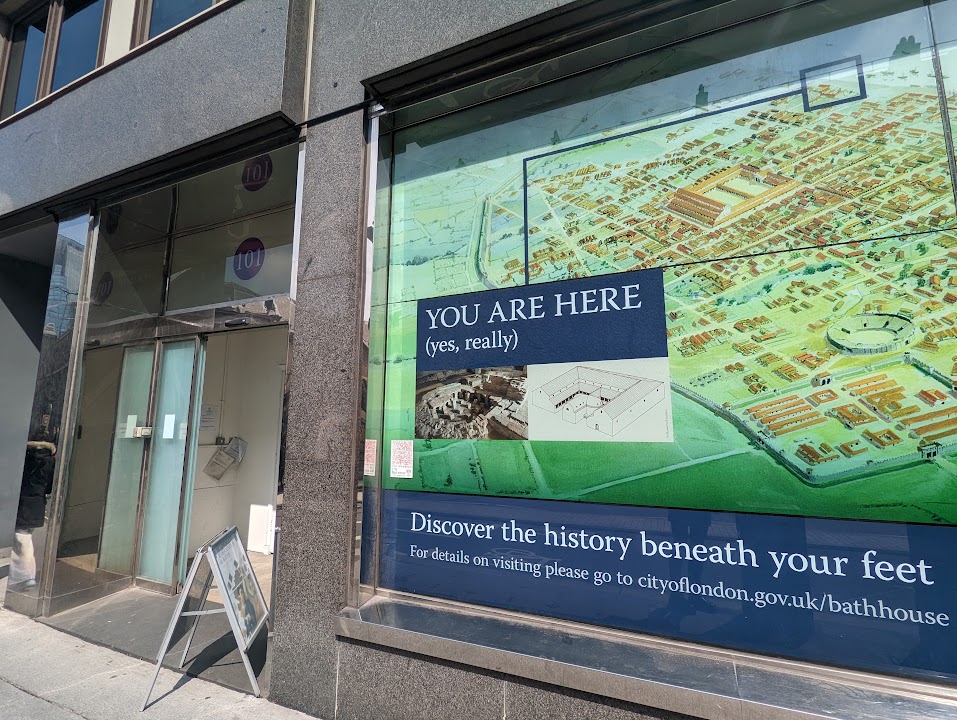
A wealthy Roman is likely to have been the owner of the bath house, and it seems they may have made a quick exit judging by the hoard of coins mysteriously left behind next to the loo.
The baths worked through a wood-fired system that circulated hot air underneath the floor and up the walls, which would heat the warm room, (tepidarium) and the hot room (caldarium).
Visitors would have exercised, massaged themselves with olive oil, and had their body hair plucked in these rooms before cooling off in the cold room (frigidarium).
Archaeologists hope to find a west wing of Billingsgate one day, as the shape of other Roman bath houses suggests there might be a section missing. However, it is likely to have been destroyed at some point in history.
The city guide speculated that the site could have also been a brothel, although this is unconfirmed.
She said: “We have no evidence for anything and that’s what makes it fun, you have to use your imagination.”
The tours do spark the imaginations of visitors – Carole and Calvert Markham who regularly visit historic sites in their hometown of London debated who might have used the baths during their tour.
Carole Markham said: “The bath house is a lot larger than I expected and well-preserved, so it’s definitely worth a visit.”
She added: “I think it would have been merchants who used the baths, there would have been far too many sailors.”
Calvert Markham had other ideas and he said: “Sailors disembarking from a boat were often given some pay and making whoopee having been at sea for a while, so I’m sure they would have paid to come here.”
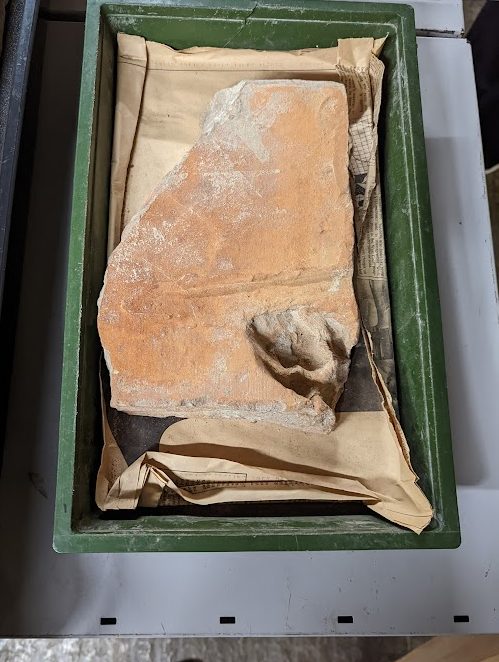
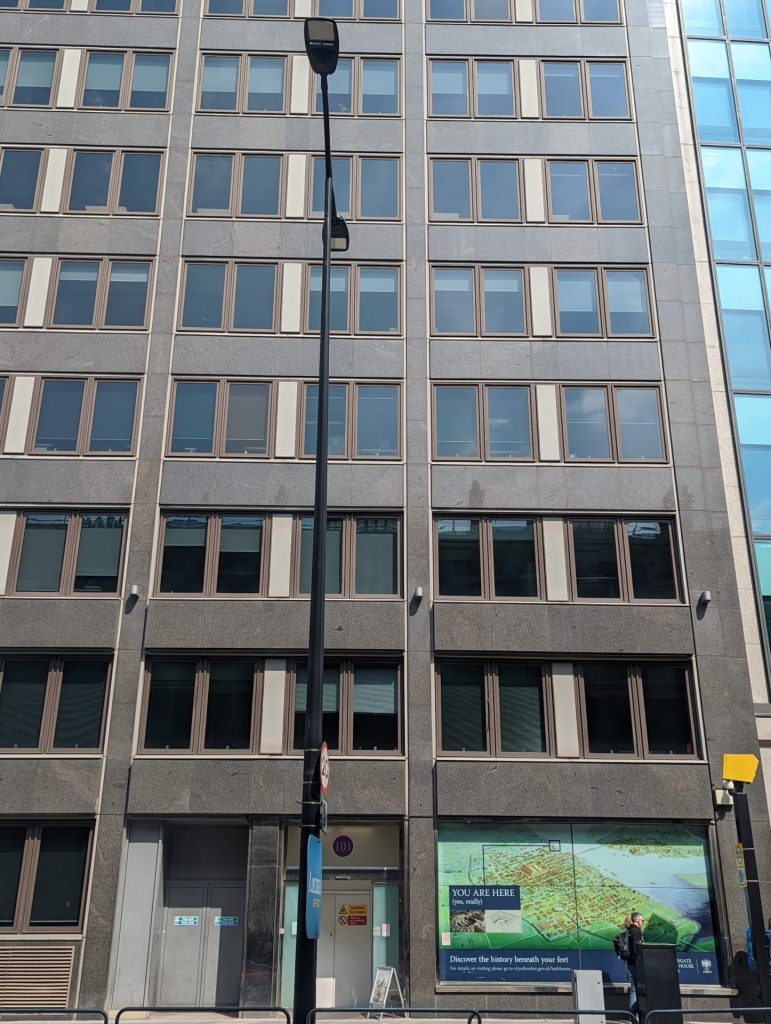
The Markham’s were particularly excited to view a set of Roman tiles at Billingsgate which feature a range of animal footprints, including one from a badger.
Traces of London’s Roman past are scattered throughout the city, from the Roman Fort of Londinium ruins to Mithraeum Temple.
Billingsgate is one of the best-preserved in-situ bath houses in the country, and it is hoped that there will be more visitors in 2023 with the Destination City programme encouraging people to experience heritage sites within the Square Mile.
Tours are led by city guides on Saturdays between now and November and advance booking is required.
To find out more about the tours and book tickets visit its website.
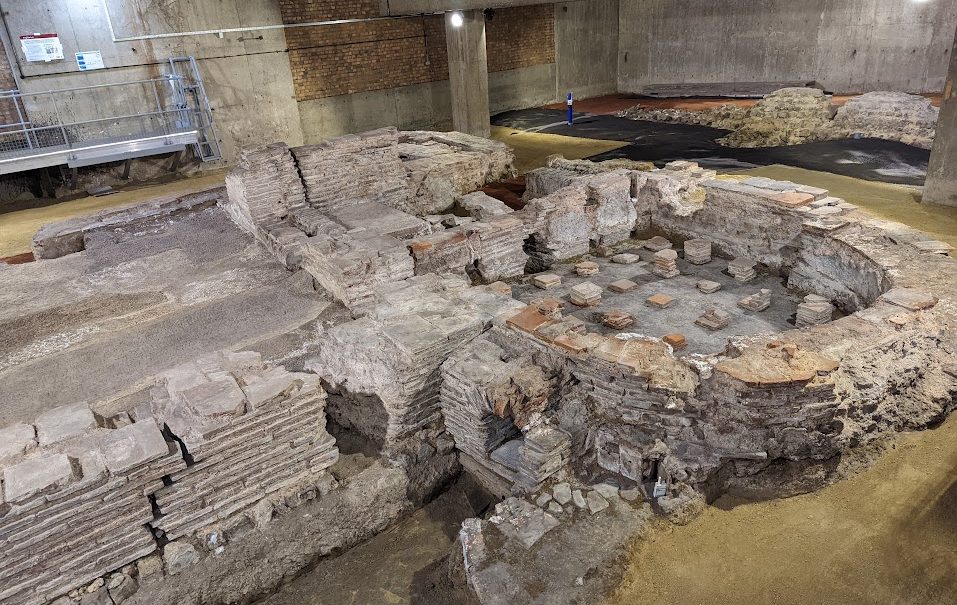

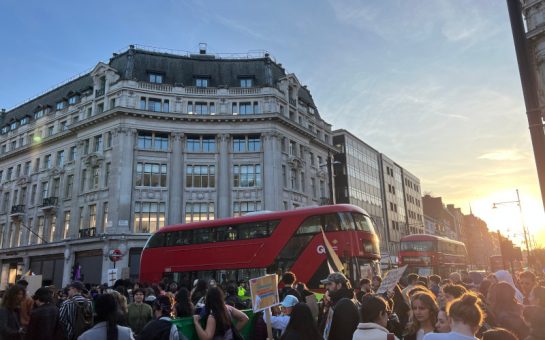


Join the discussion